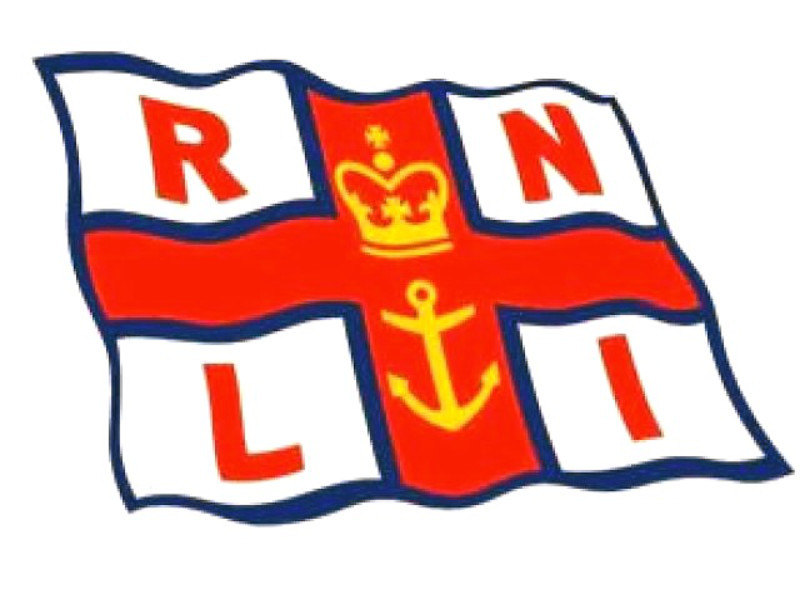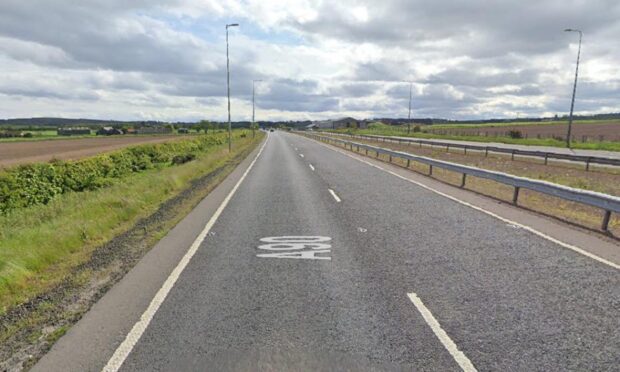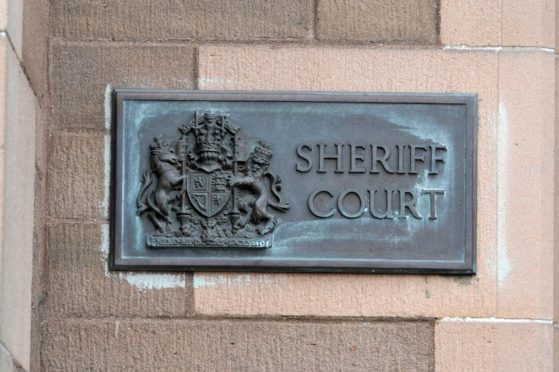It was the night one century ago that an Angus lifeboat saved a torpedoed crew, while the tide of war was changing miles away.
The volunteer rowers of Montrose were called upon to save the men of SS Eganaes on March 22 1917, the victims of unrestricted German submarine warfare.
It transpired another U-boat had torpedoed an American vessel the same night, with more dramatic consequences for the First World War.
Their story and the brave actions of crews over 200 years of RNLI and lifeboat history are retold in a new book, which was launched on Wednesday night.
Local historian John Aitken contributed toward the volume for RNLI Lifeboat Histories, which he said was a “great privilege” and built on research by the late Dorothy Morrison.
Mr Aitken said the Standard Oil vessel Healdton was torpedoed off the Dutch coast, with the loss of 21 crew, on the same night as the Eganaes during the North Sea U-boat blockade off Peterhead.
President Woodrow Wilson’s position of armed neutrality had already been weakened by the German U-boat sinkings of the Vigilanica, City of Memphis and Illinois days earlier.
The Montrose crew were launched the next day to rescue eight herring fishermen, unaware of America’s impending entry to the war on April 6.
“That same night, an American tanker was sunk over on the Dutch coast,” he said.
“The Germans had arranged a 20-mile corridor for neutral shipping as they needed oil, too.
“Despite the boat being marked as USA with the stars and bars, two torpedoes slammed into it.
“The crew reckoned it was a German U-boat and cabled the US state department.
“They reckon that was the final straw that brought American into the First World War.”
Although the Press at the time assumed the ship had been torpedoed by a German submarine, later records released by Germany and Britain indicate that the ship may have struck a British mine that had been laid in a field of 1000 mines off the Netherlands, two days earlier.
Reports of the time indicate the survivors of the Eganaes were seen two miles off Montrose.
“The crew, after taking to their boat, drifted southward for eight hours and when rescued were suffering severely from cold,” said one.
“When landed, every attention was paid to them.”
Today, the lifeboat station operates an inshore D-class lifeboat and an all-weather Shannon class lifeboat – the first to enter into service in Scotland.
U-boat warfare
SM UC-45 was credited with sinking 12 ships, including the Eganaes, with torpedoes and mines but sank in a diving accident on September 12 1917.
Although she was raised and re-entered into service, the boat was surrendered following Armistice and promptly broken up.
The entry of the United States into the conflict is largely attributed to the U-boat campaign of early 1917.
In early 1915, following the sinking of the liner Lusitania, Germany had stopped its unrestricted submarine warfare in the Atlantic because of concerns of drawing the United States into the conflict.
But with the growing discontent of the German public due to the food shortages, however, the government resumed unrestricted submarine warfare in February 1917.
They had calculated that a successful submarine and warship siege of Britain would force that country out of the war within six months, while American forces would take a year to become a serious factor on the Western Front.










